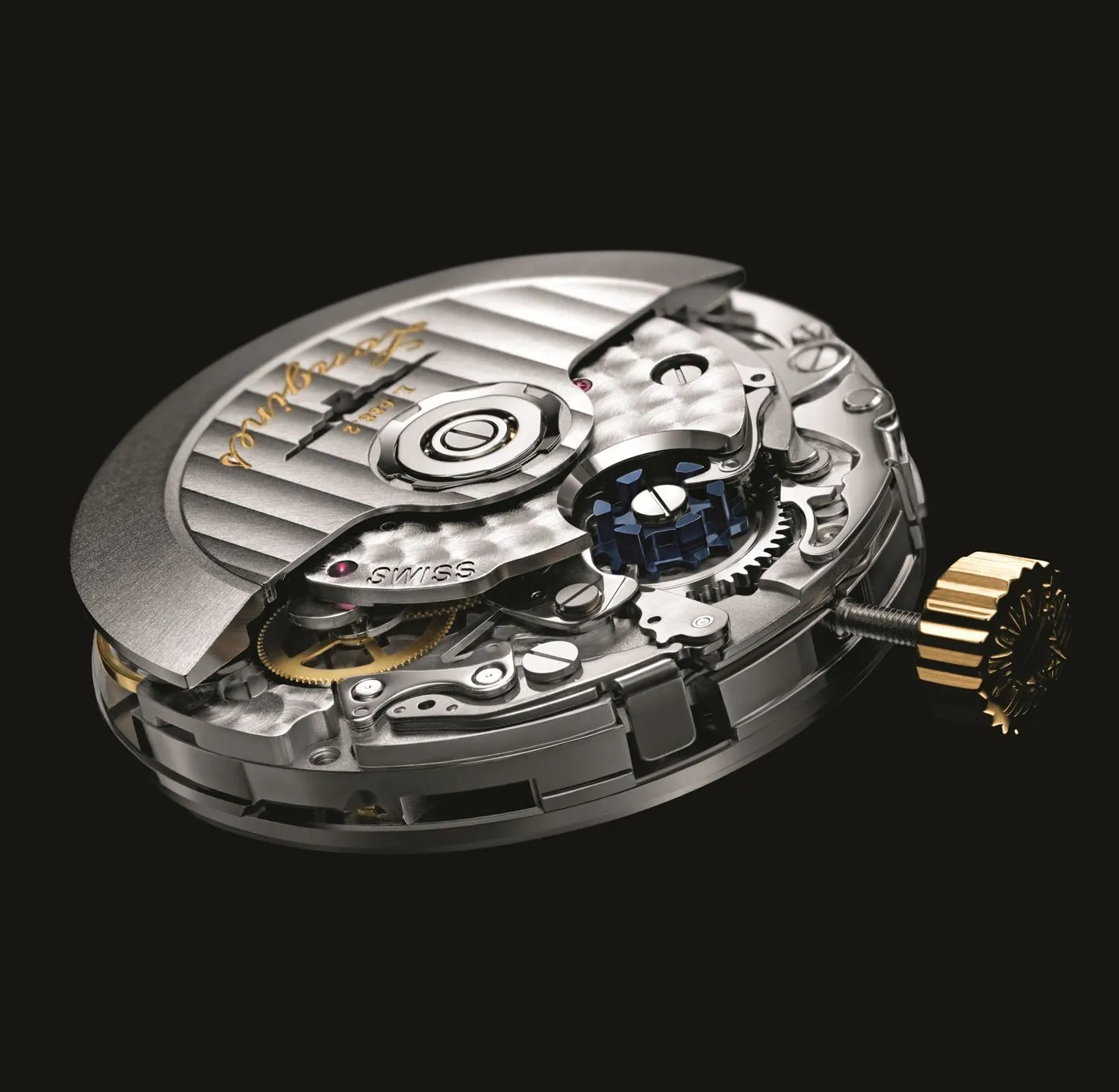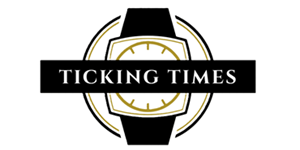Why Do Some Watches Have an Extra Button for Date Adjustment?

When I picked up that retro chronograph from behind the glass of a watch boutique display, the first thing I noticed was a small indentation near the 10 o’clock position on the case. Seamlessly integrated into the design, it didn’t look like an ordinary pusher. My first guess? A helium escape valve—but it looked nothing like the ones I’d seen before.
Given my background in electronics, I was reminded of reset switches on devices. It almost seemed like it served a similar purpose. But this was a mechanical watch. “What does this thing do?” I wondered—and the answer revealed a surprisingly deep story behind this tiny detail.
This discreet but important element is an often-overlooked feature in the watch world: an extra pusher used to adjust the date.

Witnessing the Architecture of a Movement
The watch I was holding was powered by a classic ETA Valjoux 7753 movement. Known for its symmetrical 3-6-9 chronograph subdial layout, this movement offers balanced aesthetics—but at a cost: the date-setting function isn’t integrated into the crown.
Instead, to adjust the date, you need to use a small button usually located at the 10 o’clock side of the case.
That button isn’t just a technical requirement—it’s also a design decision.

Balancing Form and Function
While it’s technically possible to route date control through the crown, doing so can make the movement more complex. It also adds functional and visual clutter to the crown. Many brands—especially those inspired by vintage design—prefer to separate these functions for a cleaner look and smoother operation.
The User Experience: Surprising at First, Then Rewarding
I admit, I didn’t understand what the button did at first. But when I pressed it with a small plastic stylus—and watched the date in the window tick forward with a satisfying click—I felt like I was interacting with something beautifully mechanical.
It was a small gesture, but it deepened my connection with the watch.

A Few Practical Notes
If the pusher is recessed into the case, don’t use sharp or hard objects to press it. Ideally, use the plastic tool that comes in the box, or something soft like a wooden toothpick.
Also, avoid adjusting the date during nighttime hours (especially between 10 p.m. and 2 a.m.), when the movement’s internal calendar gears are engaged.
On Which Watches Will You See This?
If you’re handling a chronograph from Hanhart, Sinn, Davosa, or similar independent brands—especially those using the ETA Valjoux 7753—there’s a good chance you’ll come across this small but significant feature.
Since ETA significantly limited its supply of movements to third-party brands in the early 2020s, many of these watches now use the Sellita SW510 as an alternative. While the SW510 shares a nearly identical dial layout to the 7753, the date is adjusted via the crown, not a separate button.
Still, some microbrands continue to integrate this design element into their modern models, paying homage to a charming piece of horological tradition.
In the End
That little date button isn’t just a piece of hardware. It’s a glimpse into movement architecture, a nod to the designer’s philosophy, and a moment of discovery for the watch enthusiast.
So next time you find one of these buttons on your wristwatch, pause before you press it. In that moment, you might not just be changing the date—you might be shifting your connection to time itself.
